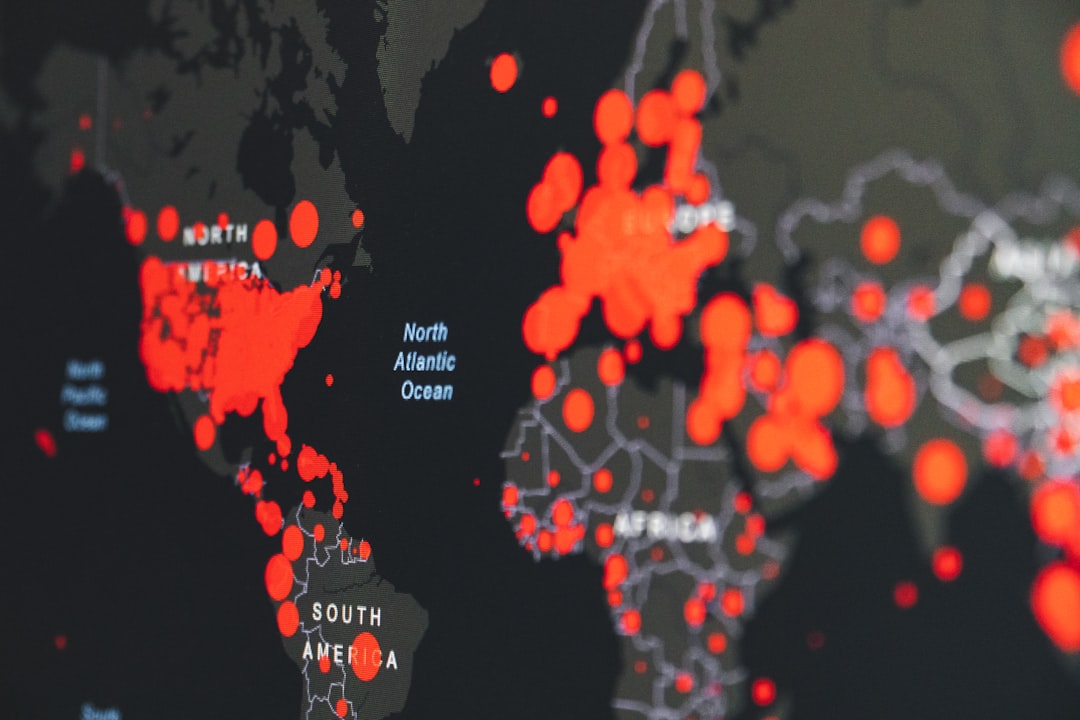What is it about?
Successful communication depends on the availability of consistent and shared conventions about the meanings of words. For example, when we go to our local grocery store we can safely expect that the word ‘milk’ will refer to the same substance as it did yesterday and to the same substance called ‘milk’ at all other grocery stores in town. At the same time, though, a huge amount of meaning is partner-specific: our colleagues may understand technical jargon that is inscrutable to our friends, and our friends may understand slang or inside jokes that is inscrutable to our parents. How do we learn which conventions we can use with which people, and coordinate on conventions with different people over time?
Featured Image

Photo by Glen Carrie on Unsplash
Why is it important?
Social media has enabled new linguistic conventions to rapidly spread and become integrated into mainstream usage; in 2017, the phrase #MeToo was widely adopted by participants in an emerging social movement, endowing the otherwise generic phrase with a new, more specific significance. At the same time, these technologies also expose the tremendous variation in linguistic conventions used by different communities: the language used across different Reddit message boards and Twitter threads (and even scientific research literatures) is full of slang, acronyms, or technical jargon that is inscrutable to readers outside the community. Our theory aims to to explain how our minds manage to keep all these meanings straight.
Read the Original
This page is a summary of: From partners to populations: A hierarchical Bayesian account of coordination and convention., Psychological Review, April 2022, American Psychological Association (APA),
DOI: 10.1037/rev0000348.
You can read the full text:
Resources
Contributors
The following have contributed to this page










